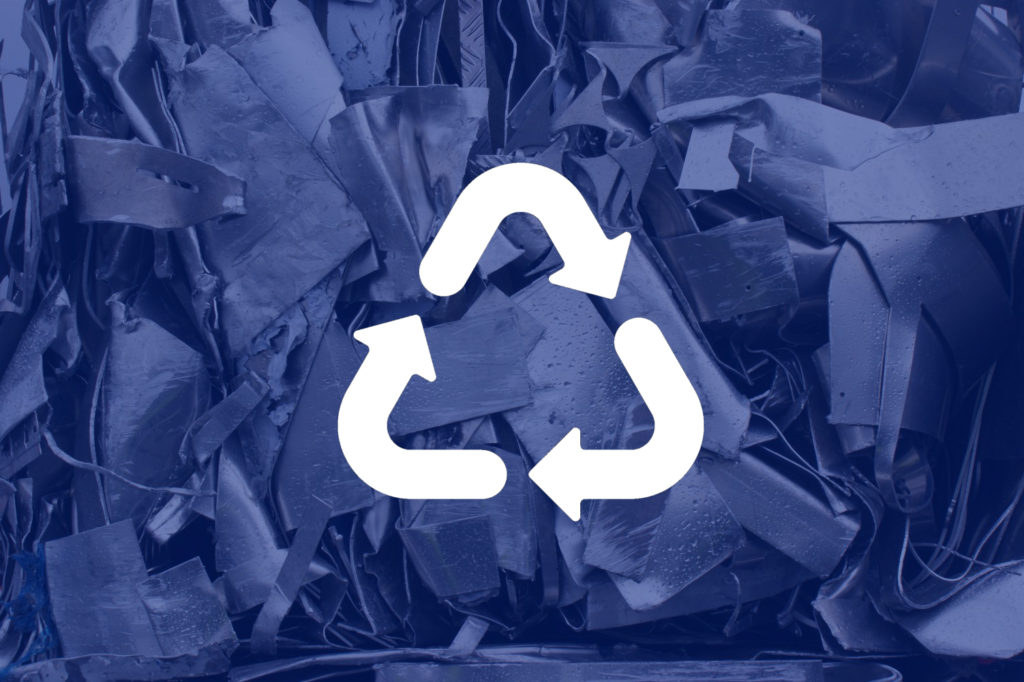Responsible production and consumption: Recyclability of stainless steel
Following our line of work, committed to the objectives of the United Nations in its 2030 Agenda, and referring to the twelfth objective: Responsible production and consumption, from Grupo Lapuente, we want to highlight today, one day before the international day of the environment, the recyclability of stainless steel.
The demand for stainless steel has doubled in the last ten years, and its production has increased to more than 25 million tons per year. In this context, the recycling industry has become a vital element in the stable supply of quality secondary raw materials. In addition to nickel and chromium, some of the most important alloying elements used in combination with steel are: molybdenum, titanium, tungsten and vanadium. These metals are in short supply and only available in some parts of the world, making their extraction very expensive and difficult. Therefore, it is essential to recycle them to avoid ending the planet’s natural resources.
It should be noted that a stainless steel element, a countertop, a structure or a cutlery, has a 100% recyclability, even after decades of use, the stainless steel that is recycled does not lose any of the properties of the material.
One problem that arises in the stainless steel recycling process is that most of these alienations have a very similar appearance. This is why an identification technology, known as X-ray spectrometry, is used to separate the different types of stainless steels.
Recycling process
Sorting: Since many forms of stainless steel are not magnetic, this metal is not easily separated from other recyclables in a magnetic tape recycling facility.
Packaging: stainless steel products are compacted into large blocks for easier handling and processing.
Separation: through rotating magnetic drums, ferrous metals are separated from other types of materials. It is achieved through electrical currents, high pressure air flows and liquid flotation systems.
Foundry: the recovered scrap is melted in furnaces, the melt is poured through continuous casting and slabs or billets are formed that can be converted back into a countertop, a structure or a cutlery.
